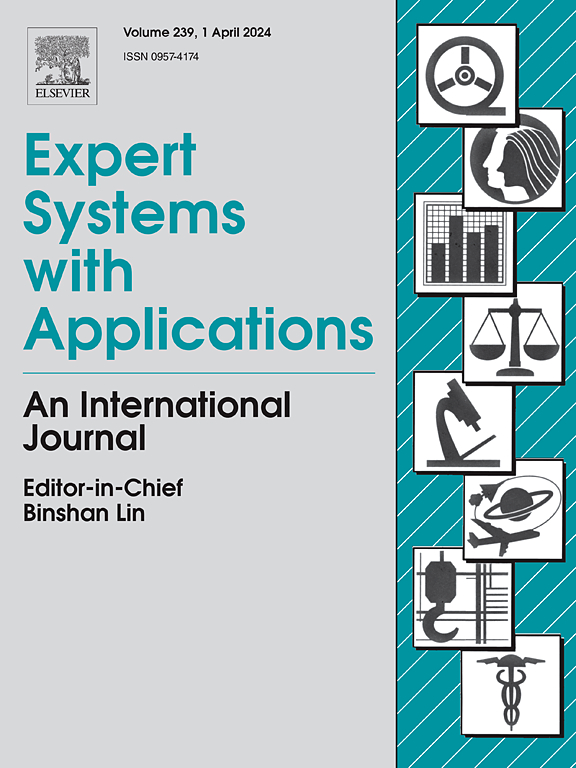Visual tracking of dynamic defective contour based on fused long short-term memory model
IF 7.5
1区 计算机科学
Q1 COMPUTER SCIENCE, ARTIFICIAL INTELLIGENCE
引用次数: 0
Abstract
For the rapid detection of high-speed objects in a compact dynamic environment, visual simultaneous localization and mapping (VSLAM) may fail to extract defective contours caused by occlusion. Combined with the long short-term memory (LSTM) model, a fast and accurate method is proposed to detect and track dynamic defective contour. Specifically, to improve the perception ability of the LSTM model, visual geometry group (16) (VGG16) and Canny edge detection are balanced to extract high-dimensional spatial features and low-dimensional edge features, respectively. These features are linearly concatenated to form multimodal inputs. Next, by suppressing defective objects caused by the jitter of bounding box, an overlap bounding box perceptual method combined with Kalman filtering is introduced to realize the cross-frame tracking efficiency of dynamic object from low to high. Finally, to address devices occlusion in the feeding system under varying working conditions, a contour transfer approach in the temporal occlusion domain is introduced, leveraging Lucas-Kanade optical flow to enhance contour continuity. Experiments are conducted on simulated videos of motion coordination between stamping stations and handling manipulators in a periodic high-speed stamping production line. Results demonstrate that the proposed method achieves stable and efficient visual tracking of defect contour in dynamic environments.
基于融合长短期记忆模型的动态缺陷轮廓视觉跟踪
为了在紧凑的动态环境中快速检测高速物体,视觉同步定位和映射(VSLAM)可能无法提取遮挡引起的缺陷轮廓。结合长短期记忆(LSTM)模型,提出了一种快速准确的动态缺陷轮廓检测与跟踪方法。具体来说,为了提高LSTM模型的感知能力,平衡了视觉几何组(16)(VGG16)和Canny边缘检测,分别提取高维空间特征和低维边缘特征。这些特征线性连接形成多模态输入。其次,通过抑制边界框抖动导致的缺陷目标,引入重叠边界框感知方法与卡尔曼滤波相结合,实现动态目标由低到高的跨帧跟踪效率。最后,为了解决进料系统在不同工作条件下的器件遮挡问题,引入了一种时间遮挡域中的轮廓转移方法,利用Lucas-Kanade光流增强轮廓连续性。对某周期高速冲压生产线冲压工位与搬运机械手运动协调的仿真视频进行了实验研究。结果表明,该方法能够在动态环境中实现稳定、高效的缺陷轮廓视觉跟踪。
本文章由计算机程序翻译,如有差异,请以英文原文为准。
求助全文
约1分钟内获得全文
求助全文
来源期刊

Expert Systems with Applications
工程技术-工程:电子与电气
CiteScore
13.80
自引率
10.60%
发文量
2045
审稿时长
8.7 months
期刊介绍:
Expert Systems With Applications is an international journal dedicated to the exchange of information on expert and intelligent systems used globally in industry, government, and universities. The journal emphasizes original papers covering the design, development, testing, implementation, and management of these systems, offering practical guidelines. It spans various sectors such as finance, engineering, marketing, law, project management, information management, medicine, and more. The journal also welcomes papers on multi-agent systems, knowledge management, neural networks, knowledge discovery, data mining, and other related areas, excluding applications to military/defense systems.
 求助内容:
求助内容: 应助结果提醒方式:
应助结果提醒方式:


